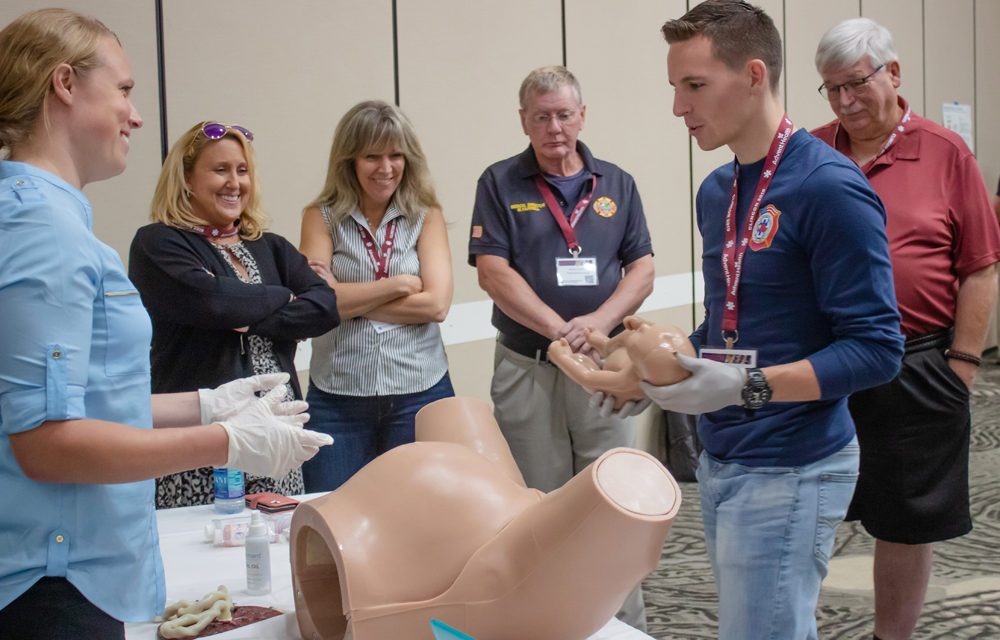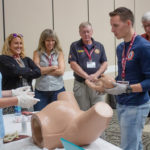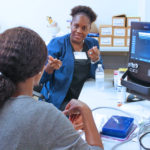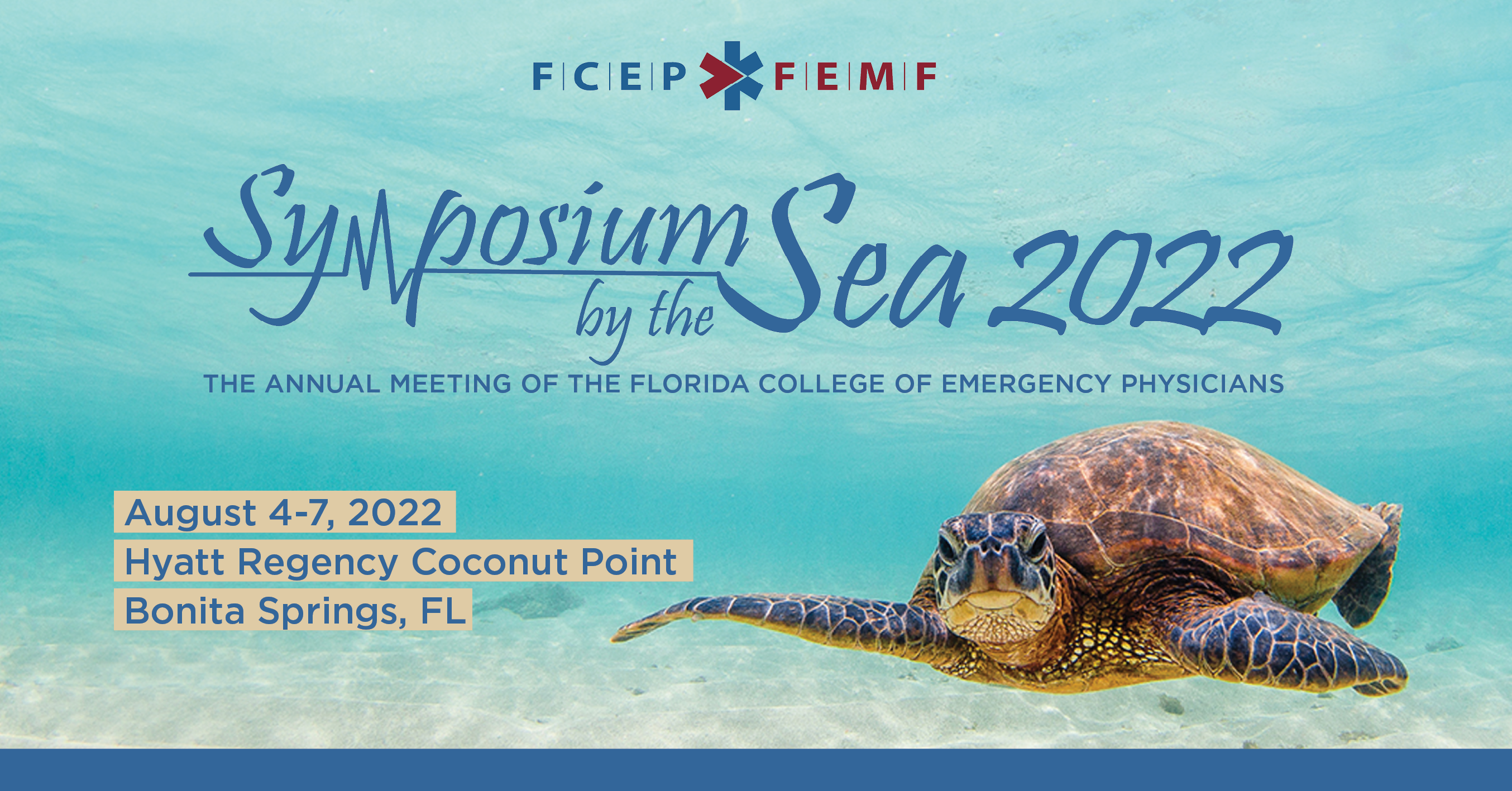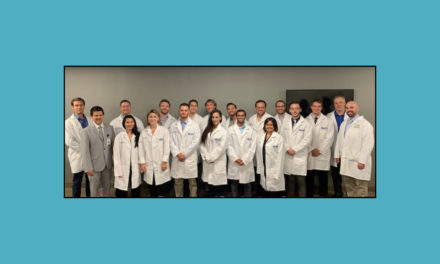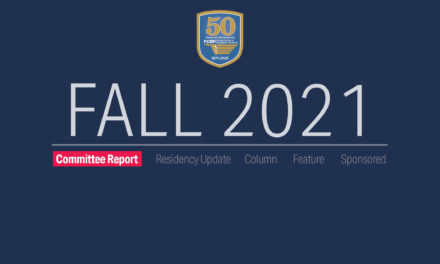New Beginnings: Building a Foundation between Educators and Learners
Setting the stage for a safe and supportive learning environment is vital at the beginning of a learning period, and cultivating it is essential to promote critical thinking in the clinical setting. Jaffe and colleagues conducted a multi-institutional qualitative study that examined faculty’s perspectives of teaching critical thinking. The article discusses five main themes related to establishing a safe environment: building trust, respect, empathy, laying ground rules, and a “safe to be wrong” clinical setting. One faculty member describes that a crucial first step was laying the “groundwork (and) setting the atmosphere” so “people feel relaxed and safe.” Table 1 discusses the common themes needed to create a safe and supportive learning environment and some examples on how to build on these themes. [1]
Table 1: Common themes needed to create a safe and supportive learning environment
| Theme | Description | Examples |
| Building Trust | Show the learner that feedback is intended to be supportive and constructive, not shaming or belittling. | “Dr. Lee, I saw that you were having some difficulty with this procedure. I did, as well. So let’s go over the procedure and see how I can help you succeed on the first attempt next time.” |
| Respect | Modeling respect of all roles (nursing, tech, medical students, residents, subspecialists). | After a pediatric resuscitation, the attending has a debriefing session with those involved (nursing, techs, residents and medical students) to discuss successful moments and how to improve for the next time. |
| Empathy | Empathy in relationships (teacher-learner/learner-learner). | “You bring up a great question, and I am not sure of the answer. Let’s look it up together.” |
| Ground Rules | Discussing expectations, curriculum, establishing roles in the clinical environment. | “Hi, I’m Dr. Smith and I will be your attending for the rest of your shift. I do not think we have worked together before. However, I usually give feedback at the end of our time together. Is that ok with you?” |
| Safe to be Wrong | Clarify the importance of learning and critical thinking process rather than on “right answer.” | “Dr. Gonzalez, this is a very challenging case. Can you tell me why you think this patient should get TPA for these symptoms?” |
As we begin to cultivate a positive and engaging learning environment, as educators, we should also focus on the teaching and learning that will occur. In 2000, Heidenreich and colleagues described eleven key methods to lead educators to efficient and effective teaching. The first one is the role of orientation in setting the stage for the learners. The description and use of orientation can be ambiguous. For example, it can be defined as introducing policies and procedures or the informative process to give information about the curriculum, introductions, and available resources to the learners. [2] But, what about orienting the learner at the beginning of your shift?
Before we continue, take a moment to reflect about your actions on your last encounter with a learner on their first time working with you in the clinical setting. Did you orient the learner? What did you do well? What would you have done differently?
Regardless of the time you spend with the learner, orienting the learner is critical to maximizing the experience-specific time. It should serve as a complement to the general orientation for the rotation. The experience-specific orientation elements can be summarized with the mnemonic ORIENT: [3]
- Overview: how things run
- Review learning objectives
- Insight into how evaluation occurs
- Ensure they will get feedback
- Negotiate teaching responsibilities
- Talk about something personal
The overview includes reviewing with the learners how you work and the department’s dynamic and physical facilities. It is essential for the learner to be aware of the educator’s vision for their role in the team and set up expectations for the learning experience. Gather information about their previous experience in your clinical setting. Each educator has a different teaching style. Let the learner know what your system of teaching and supervision is. Be specific and review your objectives for the time that you will spend together. However, also take time to discuss with the learners their objectives.
Evaluation and feedback are integral to the process of acquiring knowledge and improving clinical skills. The educator should communicate to the learner their role and participation in the process of their evaluation, and make sure that time is available to give meaningful feedback.
The learning process should be a shared responsibility between the educator and the learner. In the clinical setting, teaching time can be limited. Establish what to expect regarding how the teaching will happen, on-the-fly or at the end of the learning experience. In addition, the educator can ask the learner to look up information and discuss it during clinical time.
The last element is connecting with the learner beyond medicine. As adult learners, previous experiences can bring a different view to a clinical case or situation while creating a positive, friendly, and safe learning environment.
In conclusion, although the beginning of the academic year can be challenging for educators and learners of all levels, we are called to create a safe and supportive learning environment to embody a spirit of academic excellence. As educators, we thrive on being efficient and effective in our teaching methods in the clinical setting. Therefore, orienting our learners and ourselves to our clinical environments and new roles is an excellent way to set the tone for a new academic year and even a new shift.
References:
- Jaffe LE, Lindell D, Sullivan AM, Huang GC. Clear skies ahead: optimizing the learning environment for critical thinking from a qualitative analysis of interviews with expert teachers. Perspect Med Educ. 2019;8(5):289-297. doi:10.1007/s40037-019-00536-5
- Heidenreich C, Lye P, Simpson D, Lourich M, Objective A. The Search for Effective and Efficient Ambulatory Teaching Methods Through the Literature. Peadiatrics. 2000;105(1):231.
- Christner J, Santen S. Orienting Your Learner. Teaching Clinical Skills. https://d396qusza40orc.cloudfront.net/clinicalskills/OrientingYour LearnerHandout_07202014.pdf. Published 2014.
This article is part of the following sections:

